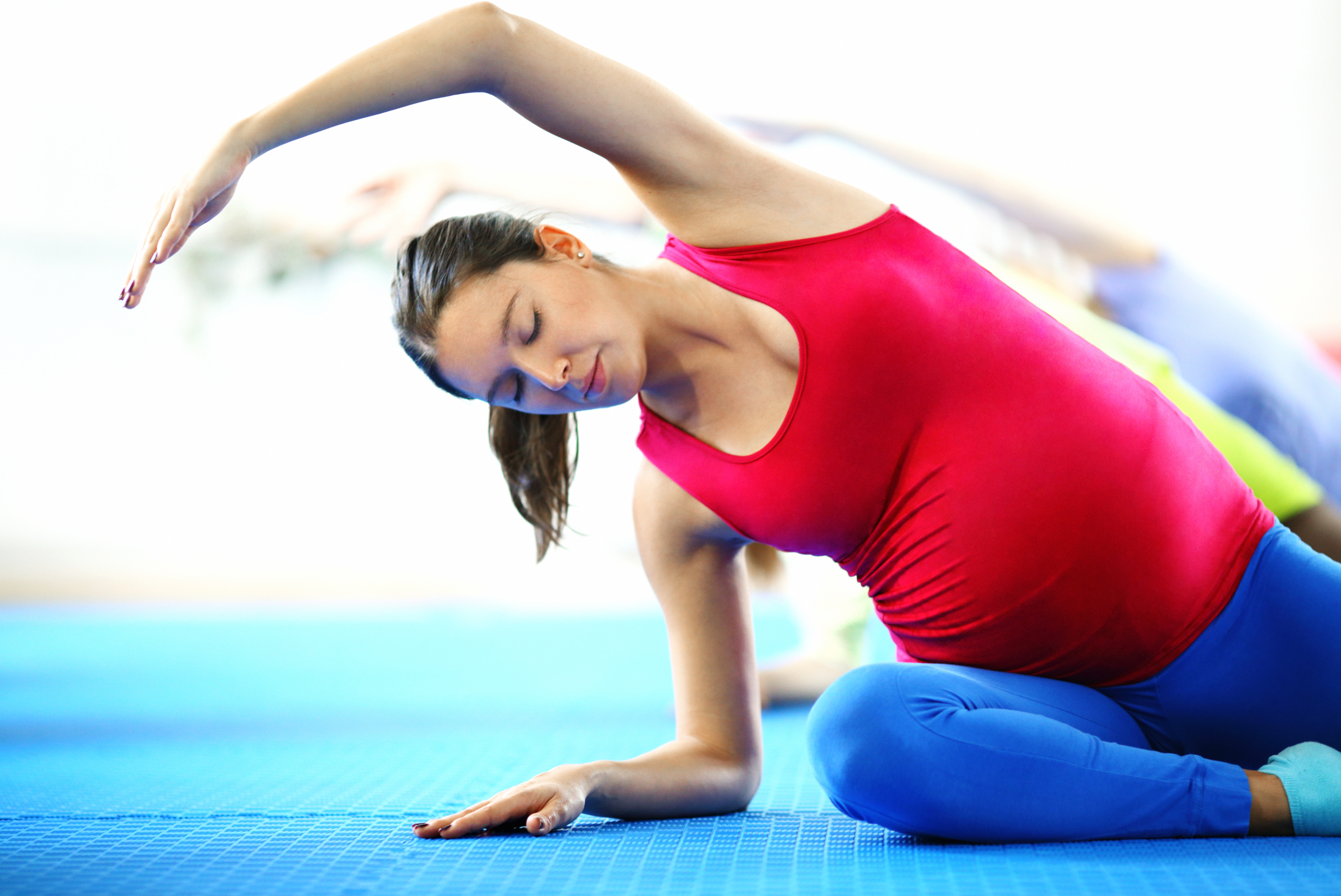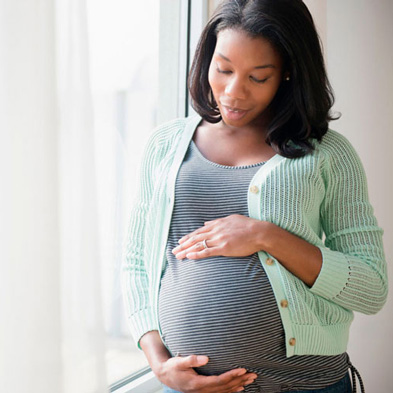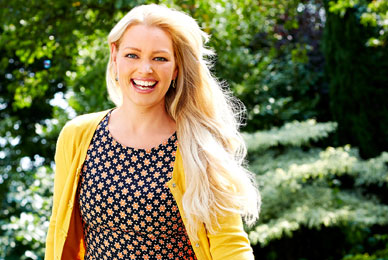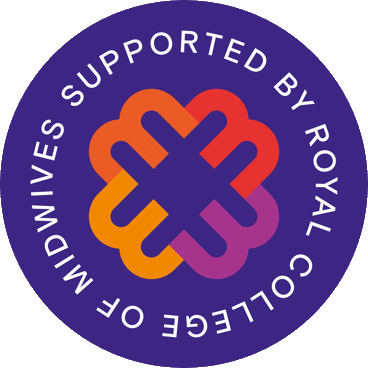Keeping active
During your pregnancy the aim is to stay fit rather than to reach peak fitness. Activities like brisk walking, swimming and muscle-strengthening exercises are safe and beneficial.
If you’re not used to exercising regularly, start with small steps and build up gradually at a rate that feels comfortable to you. By building activity into your daily life, for example taking the stairs instead of the lift and walking where you can, you’ll be forming great habits during your pregnancy that will last a lifetime.

When you discover you’re pregnant, it encourages you to think about your body in a whole new light. Am I eating as well as I can? Are my muscles, joints and bones in the best condition to support a growing bump? Am I fit enough to cope with labour?
'The NHS recommends that pregnant women do at least 30 minutes of gentle-to-moderate activity a day, even if they were previously sedentary; and it says any activity is better than none.'
Don’t let the fact that you haven’t exercised in the past put you off. The benefits really are incredible. Research has found that taking up exercise during pregnancy has many benefits – reducing the risk of pregnancy-related conditions including gestational diabetes and pre-eclampsia, helping to reduce complications in labour (and speeding it up), as well as making you less likely to suffer from low mood. And if you’re active, you’re also less likely to gain excess weight during your pregnancy, and more likely to return to a healthy weight after your baby is born. All good news!
From your baby’s point of view, too, there are clear benefits: babies born to mums who have exercised regularly during their pregnancy tend to be leaner, more muscular, calmer, brighter and have lower heart rates than babies born to inactive mothers. Before you start, do consult your midwife or GP to check the suitability of activities.
Walking
Whether you’re expecting or not, walking is the easiest and one of the best forms of exercise – and it’s free! It’s an activity you can do right through your pregnancy and immediately after the baby’s born.
Already a fan? If you’re already a keen walker – or a jogger – carry on. When jogging, stick to a slow-to-moderate pace, and listen to your body. If your body says stop, listen to it! If you’ve never jogged, when you’re pregnant isn’t the time to start.
Water workouts
A classic pregnancy exercise, swimming is the one that most fitness newbies turn to when they discover they’re expecting. Swimming is great, as it supports your bump, and allows you to feel weightless right up until your due date. If you’re new to the pool, take it easy. If you have any pelvic pain, breaststroke can exacerbate it, so opt for a slow crawl or sidestroke instead.
Aqua-aerobics is also great for pregnancy, thanks to the buoyancy of the water, which provides you and your bump with support. Many midwives run aqua-natal classes, so enquire at your local pool. If you already do aqua-aerobics, let your instructor know that you’re pregnant – if your bump’s hidden under the water, they might not realise!
Already a fan? Watch your heart rate. Take care not to get breathless, and avoid tumbleturns as they can cause reflux. Stick to crawl rather than breaststroke, and turn your head to breathe rather than straining to lift your head and neck out of the water.
Pilates
Pilates is so beneficial both pre- and post-natally that Pilates exercises are often recommended by physios and post-natal support advisers. At the heart of the Pilates approach is a strengthening of your core muscles and pelvic floor – exactly what you need when you’re preparing to give birth. It’s important to find a dedicated pregnancy Pilates class taught by a qualified teacher, as they’ll modify many of the exercises for pregnancy.
Yoga
Google ‘pregnancy yoga’ and you’ll probably discover several classes in your local area. It’s a hugely popular form of pre-natal exercise, and most classes will teach you positions and breathing techniques for labour, as well as keeping you supple and stress-free in the run-up to your due date. A proper pregnancy yoga class will be geared towards beginners, and the safety of mum and baby will be at the forefront of your teacher’s mind.
Already a fan? If you’re already attending a standard class, make sure you tell your teacher you’re pregnant, even in the very early days. As a rule of thumb, avoid anything that feels uncomfortable along with deep twists, backward bends and anything that causes tight compression. Create space for the baby whenever you practise.
- This Mum Moves is an initiative supporting mums-to-be and new mums with being active. There are lots of activities for you to try, including a number of at-home workouts delivered by a range of instructors. If you’re interested in getting started with activity at home or want to add something new to your current routine, visit the This Mum Moves website.
The gym
Before you begin any form of training, getting the right advice is vital. Most gyms have at least one trainer who’s a pre-natal specialist and who can advise you. Even walking at a steep incline on the treadmill can cause you to over-strain if you haven’t warmed up, so ask first and always tell instructors you’re pregnant. Not letting them know could risk injury.
Already a fan? Continue your workouts, but ease off on the intensity and keep it moderate – so your heart beats a little faster but you can still hold a conversation. Don’t try anything new without seeking advice, opt for lighter weights than usual, and don’t exercise to the point of fatigue.
Floor it
If you do nothing else in pregnancy, it is recommended that you do your pelvic floor exercises. It’s the most essential part of pregnancy fitness and can significantly improve your labour and recovery. If you have a strong pelvic floor, it’s far less likely to become damaged during labour. You’re also more likely to be able to start exercising again quickly after your baby is born.
You’ll get advice on this in antenatal care, but here are some suggested exercises: try to do all three of them, three times a day, for the duration of your pregnancy. Repeat each one 10 times.
- Lift up your pelvic floor muscles fully – as if you were stopping the flow of wee. Hold for three seconds, then slowly release.
- Lift up your pelvic floor and quickly release.
- Imagine your pelvic floor has five ‘storeys’. Engage your pelvic floor muscles gradually, pulling up through floors one to five, then release fully.
Baby basics
- Consider whether you need to seek professional advice on activity. The Get Active Questionnaire for Pregnancy (GAQ-P) can help you decide whether you need to speak to a healthcare professional before becoming or continuing to be active during pregnancy. If you do, discuss with your GP, midwife or a pre-natal exercise professional before embarking on an exercise programme, especially if you haven’t exercised for a while.
- Avoid doing anything too strenuous. Exercising at a moderate intensity is recommended – as a general rule, when active you should be able to carry on holding a conversation without becoming breathless.
- Avoid contact sports and anything that could lead to a fall, such as skiing and horse riding.
- As your bump grows, you may find you lose your balance more easily.
- Don’t overstretch – looser ligaments are vulnerable to straining. If anything hurts, stop what you’re doing immediately.
- In later pregnancy, don’t exercise flat on your back – the pressure on your major blood vessels may cause faintness.
- Always tell an instructor you’re pregnant, and opt for pregnancy-specific classes if possible.
- Drink lots of water and wear comfy clothing.
- Getting warm and sweaty is OK, but be careful not to overheat. Avoid exercising in really hot weather and steer clear of classes such as hot yoga (Bikram yoga).
Read more about support with your weight during pregnancy...







